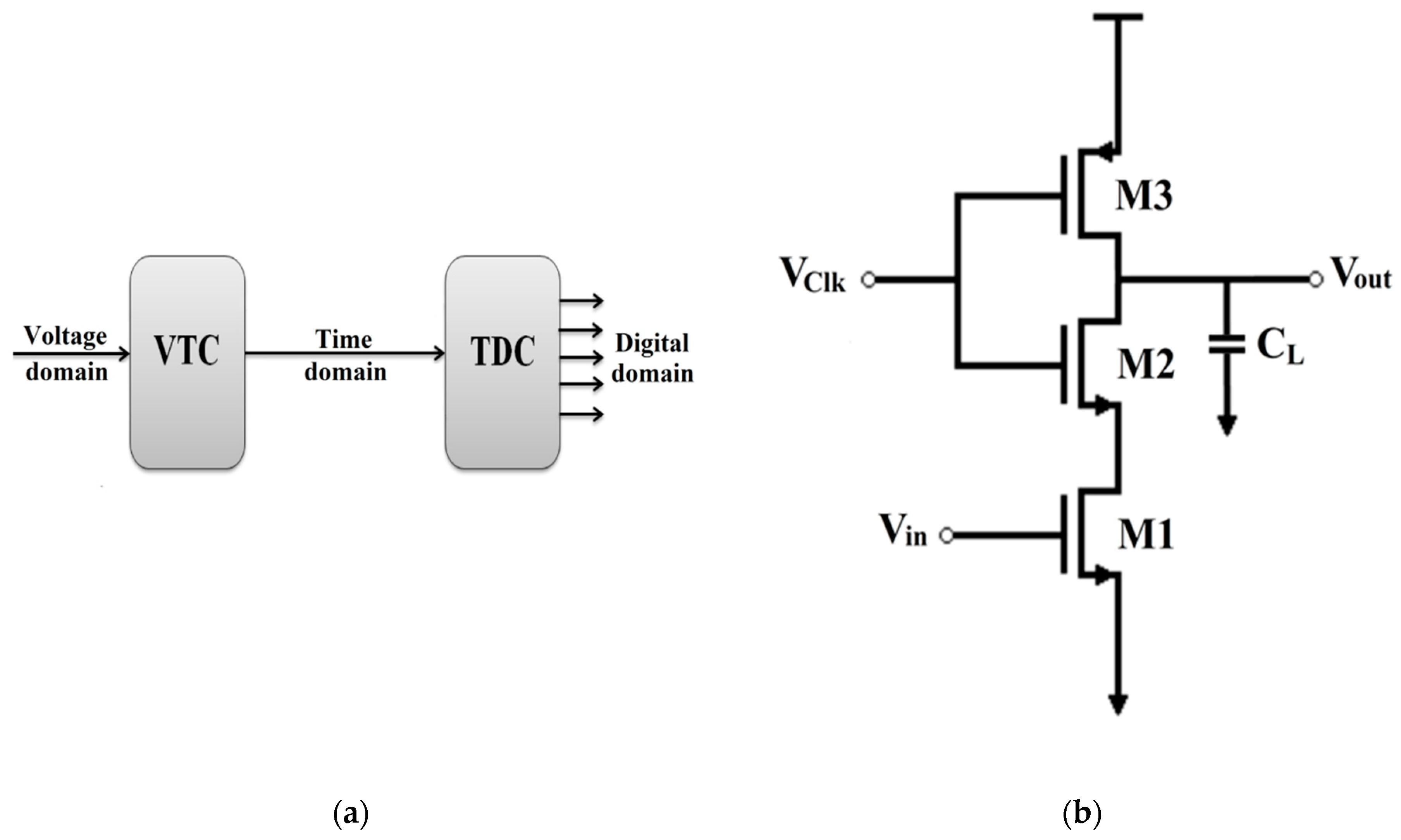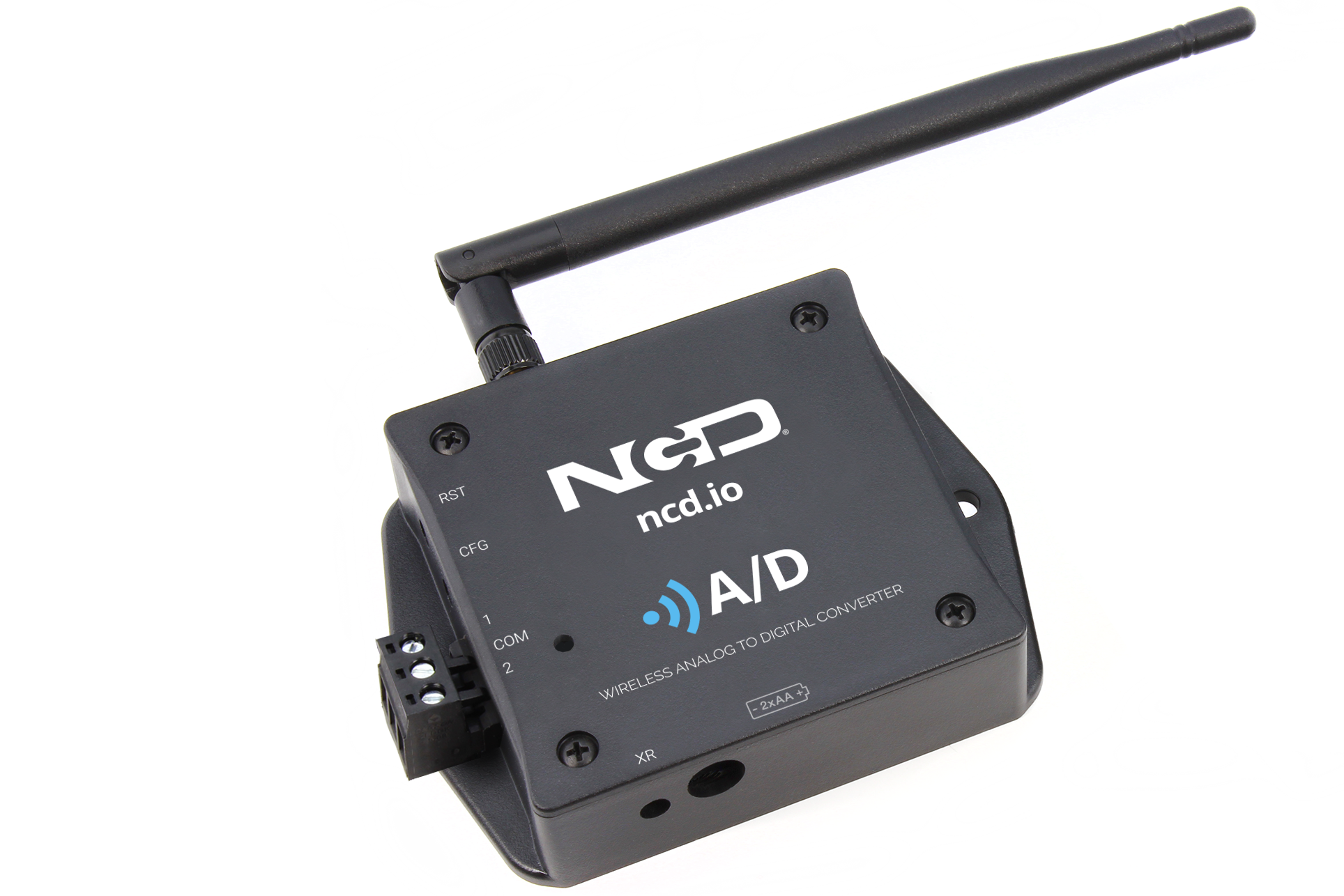
The values can represent the ranges from 0 to 255 (i.e. For example, an ADC with a resolution of 8 bits can encode an analog input to one in 256 different levels (2 8 = 256). In consequence, the number of discrete values available is usually a power of two. The input samples are usually stored electronically in binary form within the ADC, so the resolution is usually expressed as the audio bit depth. Thus a particular resolution determines the magnitude of the quantization error and therefore determines the maximum possible signal-to-noise ratio for an ideal ADC without the use of oversampling. The resolution of the converter indicates the number of different, ie discrete, values it can produce over the allowed range of analog input values.

However, if the SNR of the ADC exceeds that of the input signal, its effects may be neglected resulting in an essentially perfect digital representation of the analog input signal. The presence of quantization error limits the SNR of even an ideal ADC. If an ADC operates at a sampling rate greater than twice the bandwidth of the signal, then per the Nyquist–Shannon sampling theorem, perfect reconstruction is possible. ADCs are chosen to match the bandwidth and required SNR of the signal to be digitized. An ideal ADC has an ENOB equal to its resolution. The SNR of an ADC is often summarized in terms of its effective number of bits (ENOB), the number of bits of each measure it returns that are on average not noise. The SNR of an ADC is influenced by many factors, including the resolution, linearity and accuracy (how well the quantization levels match the true analog signal), aliasing and jitter. The bandwidth of an ADC is characterized primarily by its sampling rate. The performance of an ADC is primarily characterized by its bandwidth and signal-to-noise ratio (SNR). Furthermore, instead of continuously performing the conversion, an ADC does the conversion periodically, sampling the input, limiting the allowable bandwidth of the input signal. The conversion involves quantization of the input, so it necessarily introduces a small amount of error or noise. These typically take the form of metal–oxide–semiconductor (MOS) mixed-signal integrated circuit chips that integrate both analog and digital circuits.Ī digital-to-analog converter (DAC) performs the reverse function it converts a digital signal into an analog signal.Īn ADC converts a continuous-time and continuous-amplitude analog signal to a discrete-time and discrete-amplitude digital signal.

Due to the complexity and the need for precisely matched components, all but the most specialized ADCs are implemented as integrated circuits (ICs). Typically the digital output is a two's complement binary number that is proportional to the input, but there are other possibilities. An ADC may also provide an isolated measurement such as an electronic device that converts an analog input voltage or current to a digital number representing the magnitude of the voltage or current. In electronics, an analog-to-digital converter ( ADC, A/D, or A-to-D) is a system that converts an analog signal, such as a sound picked up by a microphone or light entering a digital camera, into a digital signal.


 0 kommentar(er)
0 kommentar(er)
